Alligator Range Map in the United States
The American alligator, scientifically known as Alligator mississippiensis, is an iconic reptile native to the southeastern United States, particularly in states like Florida, Louisiana, and Georgia. These large reptiles can grow up to 4.6 meters (15.1 feet) in length and weigh up to 500 kg (1,100 lb), making them the largest reptile in North America.
Understanding Alligators
Alligators, sharp-toothed reptiles, are semi-aquatic creatures belonging to the order Crocodylia, family Alligatoridae, genus Alligator. There are two known living species in the Alligator genus: the American alligator (Alligator Mississippians) and the Chinese alligator (Alligator sinensis). There are numerous extinct species in the Alligatoridae family, but more specifically, the genus Alligator has four known extinct species. These species are the Alligator mefferdi (native to North America and lived during the Pliocene epoch about 5.3 million to 2.6 million years ago), Alligator olseni (native to Florida and lived during the Pleistocene epoch about 2.6 million to 11,700 years ago), Alligator prenasalis (native to North America and lived during the Eocene epoch about 56 to 33.9 million years ago) and the Alligator mcgrewi (native to modern Nebraska and lived during the Early Miocene about 23 to 16 million years ago).
Alligators are apex predators known for their long lifespan of up to 50 years in the wild. They possess tough, scaly skin that is gray green, aiding in their camouflage. With wide snouts, sharp teeth, and powerful jaws, they are formidable hunters.
Found in swamps, marshes, and wetlands, alligators are adept swimmers. They are cold-blooded and primarily active during the day. Alligators are opportunistic feeders, consuming fish, birds, mammals, other reptiles, and carrion, and they adapt their diet based on food availability.
Adult male alligators measure 3.4 to 4.6 m (11.2 to 15.1 ft) in length and can weigh up to 500 kg (1,100 lb).
Alligator Range in the United States
The alligator is predominantly found in the southeastern United States.
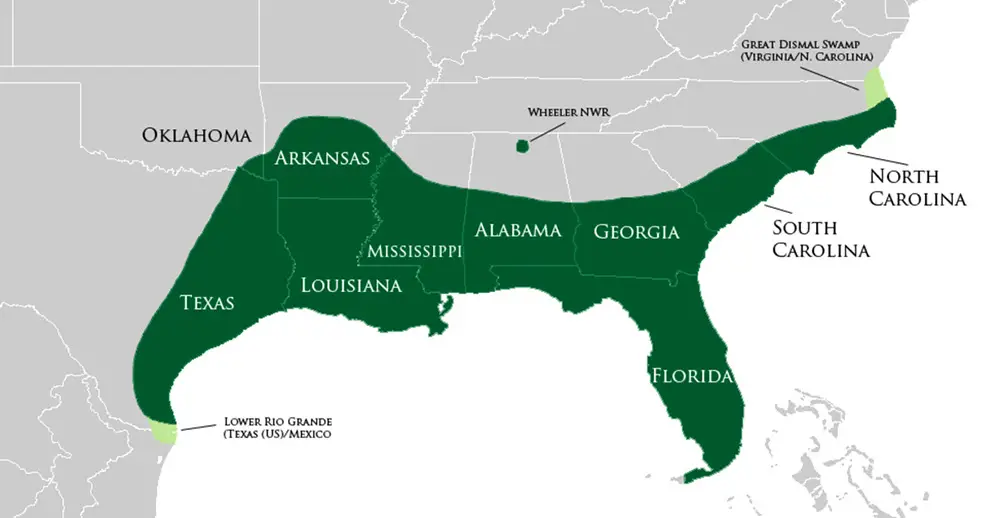
Louisiana boasts the largest American alligator population of any U.S. state. The map below shows the gator population in the United States.
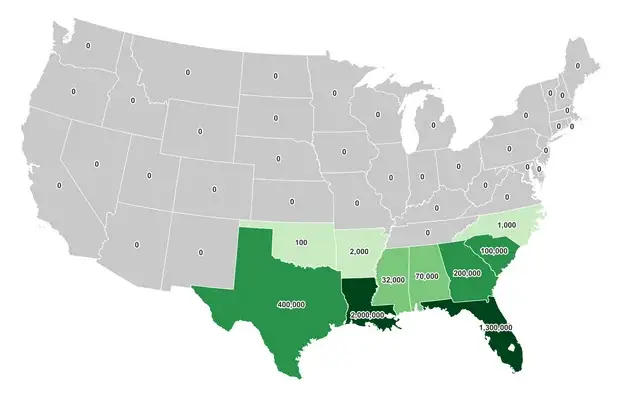
Considered a threatened species, American alligators are closely monitored, and their hunting is regulated because of their ecological importance.
Key Facts
- The American alligator, ranging from a modest 77 kilograms (170 pounds) to a hefty 500 kilograms (1,100 pounds) can grow up to about 4.6 meters (15.1 feet) long. Exclusive to the United States, these alligators are found in states like Florida, Louisiana, Georgia, Alabama, Mississippi, South Carolina, North Carolina, Texas, Oklahoma, and Arkansas.
- While Florida is renowned for its alligator population, Louisiana boasts an even larger number, estimated at around 1.5 to 2 million individuals.
- Florida stands out as the sole location worldwide, where both alligators and crocodiles coexist. Both Louisiana and Florida offer a wealth of marshes, rivers, lakes, and swamps, making them perfect environments for alligators.
To learn more about alligators and crocodiles, consider checking out the following books.

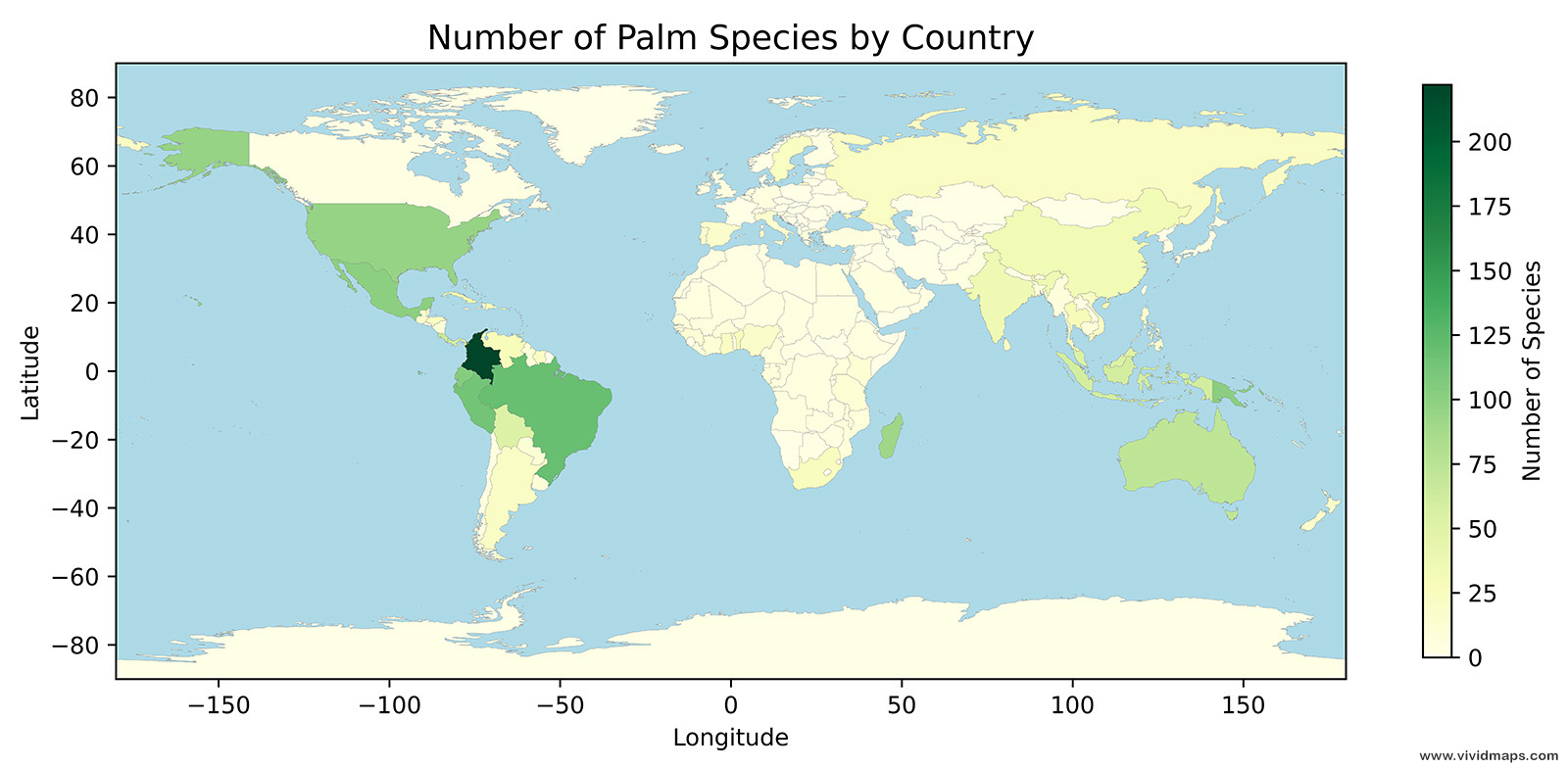
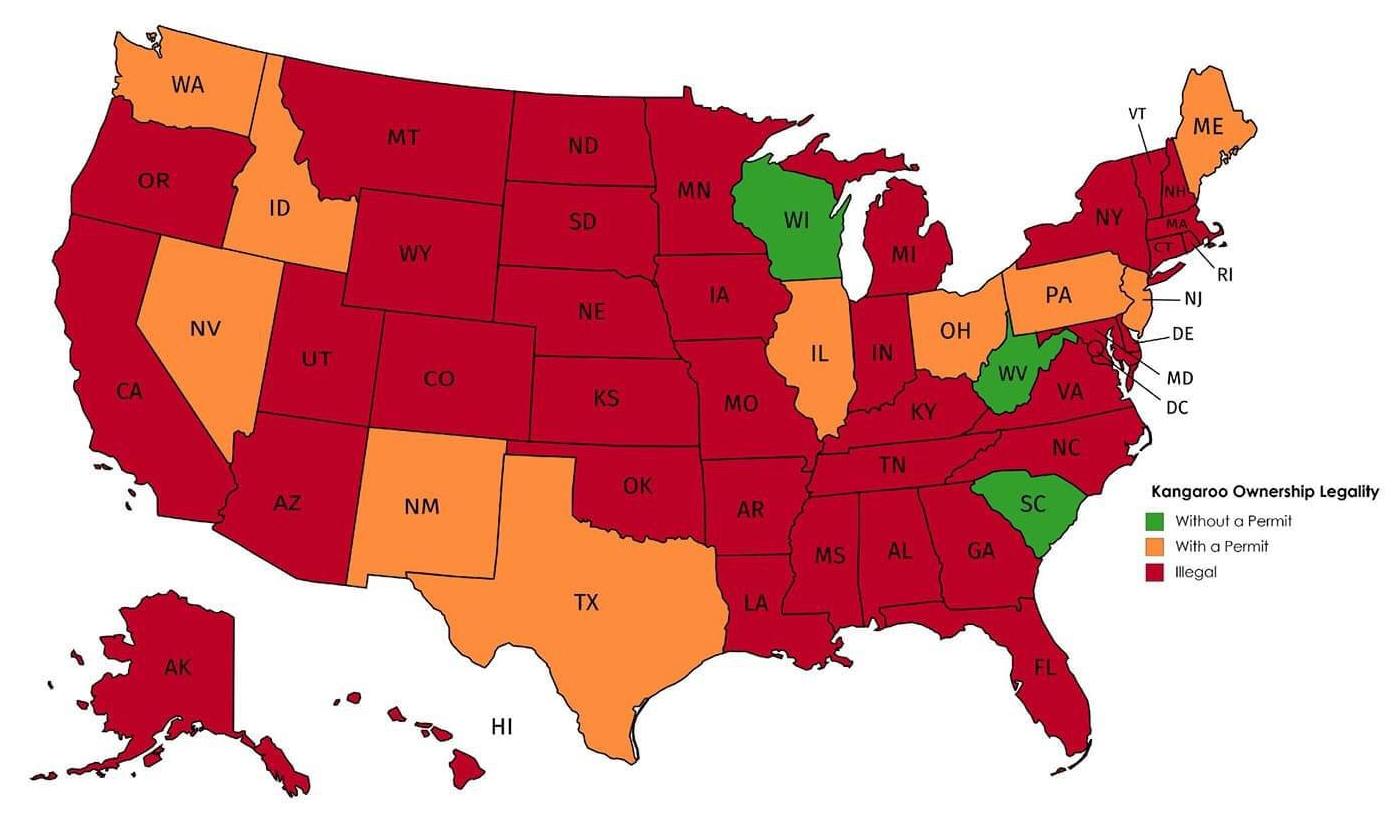

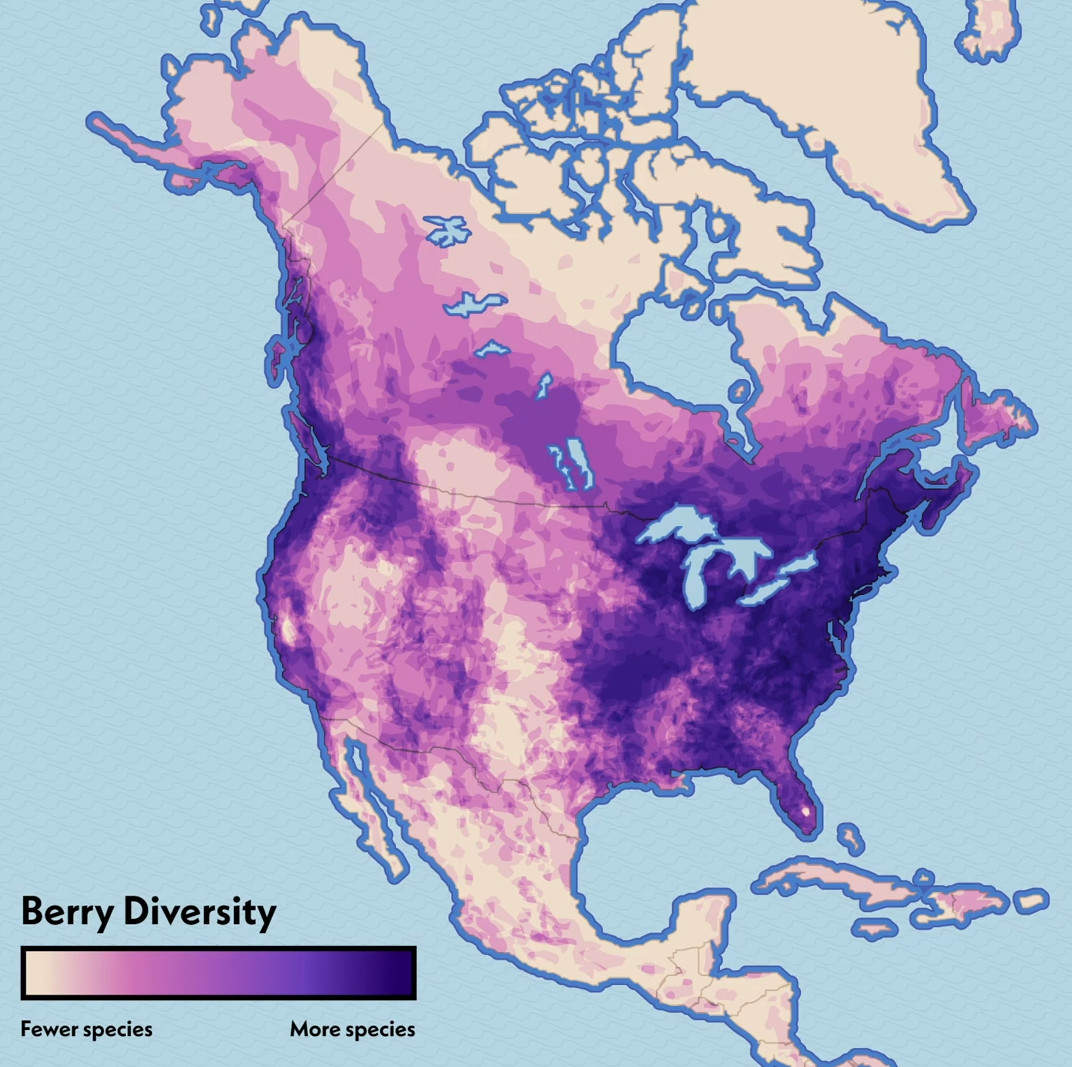



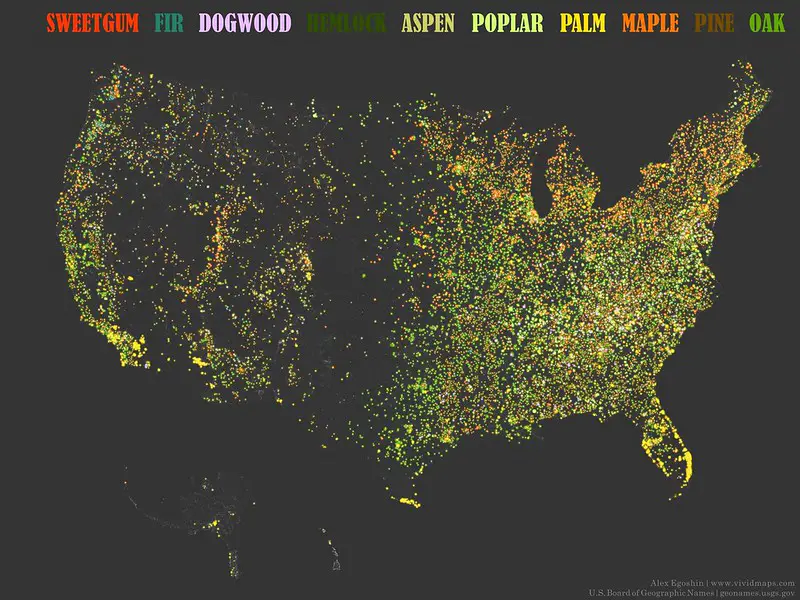
Handbags and boots waiting to be made…
We bought ourselves a little portion of swamp (excuse me – wetlands) in Florida, north of Tampa, about 16 months ago. We have also have a huge pond on our property, with the east edge being approximately 8′ from the driveway. We’ve always heard the juniors chirping in the near distance, but this is the 1st time we’ve seen anything. I walked out on the porch this morning to get grab a package and was greeted with 3 very large/loud growls. By the time i slipped on my shoes and went back out, it (probably she) was in the center of the pond. Given the measure of approximately 9-10″ from between the eyes to between the nostrils, she would be about 9′ or so long. Not sure if we can have her relocated since it would just be across the west side of the pond – we moved into her land . . .
Thanks for sharing your experience—what a vivid encounter! It sounds like you’ve got a real slice of wild Florida right in your backyard. That size estimate puts her at a pretty impressive length, and those growls are a classic territorial warning, especially if she’s nesting nearby. You’re absolutely right—alligators were there first, and it’s their habitat too. If you ever feel unsafe, Florida Fish and Wildlife can assess the situation and determine if relocation is necessary. But it’s also incredible to be able to observe such a powerful animal so closely (from a safe distance, of course!). Keep an eye (and an ear) out—sounds like you’ve got quite the wild neighbors.